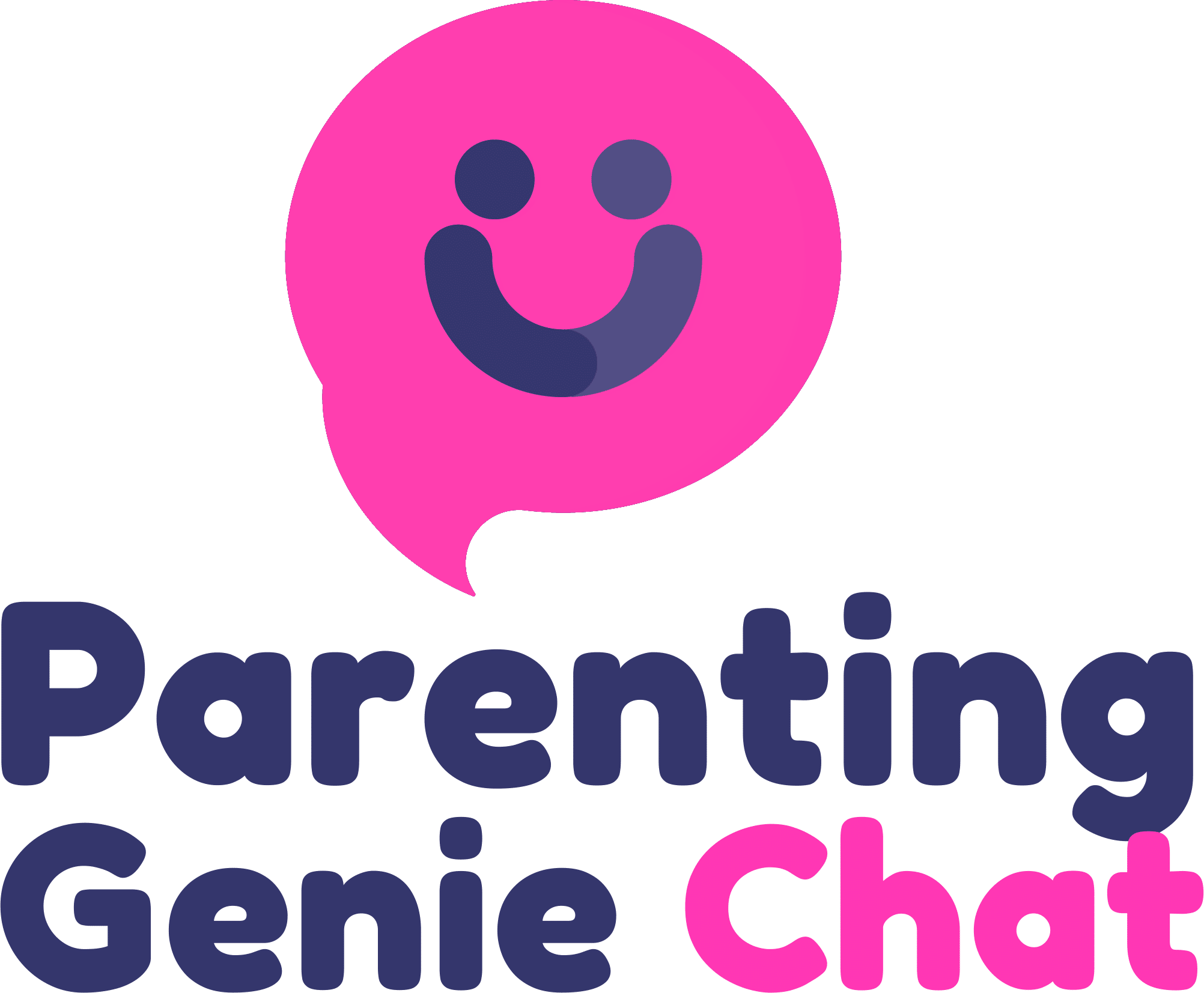
- +61 1300 704 750
- admin@parentinggenie.com.au
- PO Box 706, Townsville, QLD 4810

Genie Chat
Discipline – a term often met with mixed feelings in the world of parenting. Many parents find themselves on a constant quest to strike the balance between guiding their children and maintaining a healthy parent-child relationship. Enter positive parenting strategies – a refreshing approach that emphasizes communication, understanding, and empowerment rather than traditional punitive measures. In this blog, we’ll delve into empowering discipline techniques that not only teach important life skills but also strengthen the parent-child bond.

Positive discipline begins with a strong foundation of connection. Building an open line of communication with your child helps create an environment where they feel safe expressing their thoughts and feelings. Take time to listen actively, showing genuine interest in their perspectives. When they know you’re there to understand and support them, they’re more likely to cooperate and engage positively.
Practical Example: During a disagreement, instead of immediately jumping into corrective mode, sit down with your child and say, “Let’s talk about what happened. I want to understand your point of view.” This approach encourages them to express themselves and paves the way for a collaborative solution.

Boundaries are essential for children to understand expectations and develop self-discipline. However, instead of focusing solely on restrictions, frame boundaries positively. Use language that highlights the benefits of certain behaviors rather than just listing what’s off-limits. This encourages your child to make responsible choices and see boundaries as guidelines for their growth.
Practical Example: Instead of saying, “Don’t run in the house,” say, “Let’s have fun while keeping everyone safe. Running outside or in the yard is a great way to use your energy.” By offering an alternative, you emphasize the positive aspect of their actions.
Positive discipline encourages children to think critically and problem-solve on their own. When faced with challenges or conflicts, guide them through a process of brainstorming solutions. This helps them develop decision-making skills and builds confidence in their ability to handle different situations.
Practical Example: If your child is upset about sharing a toy with a friend, ask, “What are some ways you can solve this together? How can both of you have fun?” By involving them in finding solutions, you empower them to take charge of the situation.
Positive discipline often involves allowing children to experience natural consequences of their actions. This helps them understand the cause-and-effect relationship and take responsibility for their choices. While ensuring their safety, allow them to learn from their experiences.
Practical Example: If your child refuses to wear a jacket on a chilly day, let them experience feeling cold. When they realize the connection between not wearing a jacket and feeling uncomfortable, they’re more likely to make different choices next time.
Positive reinforcement goes a long way in promoting positive behavior. Instead of focusing solely on pointing out mistakes, make a conscious effort to catch your child doing something right. Offer genuine praise and encouragement for their efforts and achievements.
Practical Example: If your child helps set the table, say, “I noticed how responsible you are when you help with the table. Thank you for being such a helpful family member.” This simple acknowledgment reinforces their positive behavior.
In the realm of parenting, discipline doesn’t have to equate to punishment. With positive parenting strategies, you have the opportunity to shape your child’s behavior in a way that empowers them to become responsible, respectful, and empathetic individuals. By focusing on connection, communication, and collaboration, you create a positive parenting environment that nurtures growth and strengthens your bond.
Remember, each child is unique, and what works for one may not work for another. Be patient with yourself and your child as you navigate this journey together. For more insights, tips, and resources on positive parenting strategies, subscribe to Virtual Parenting Hub – your partner in building a harmonious and thriving family dynamic.
Also Read: Encouraging Healthy Eating Habits: Nutritional Choices for Preschoolers